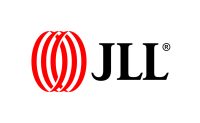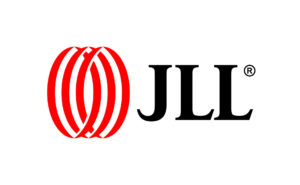Buying partial stakes is on the rise in APAC as investors and landlords warm to deals
For years, buying some of the largest commercial real estate buildings in Asia Pacific (APAC) was the standard route into the sector for many investors.
But as more capital flows into real estate, competition for core assets has intensified. It’s made finding those prized deals much more challenging.
“The majority of investible stock, especially in the office sector, is currently owned by real estate operating companies and large-sized corporates that typically hold assets for the long term,” says Sungmin Park, Director, Asia Pacific Capital Markets Research, JLL.
As a result, investors have become more willing to consider taking a slice of ownership.
Partial-stake deal volumes in Asia Pacific hit $52 billion between 2021 and 2022, up from a total of $48 billion in the two years prior, according to data from Real Capital Analytics (RCA).
The momentum has carried over into this year. Real estate investment manager ARA divested its half-stake in Singapore’s Lazada One building to a fund backed by Japanese conglomerate Sumitomo Mitsui for S$362.4 million ($269.3 million) in March.
In the past, such deals were seldom pursued by investors, who preferred full ownership to manage assets at their discretion. “But with core asset opportunities few and far between, these deals are emerging as an attractive alternative for investors to co-own a core asset which might otherwise not be available for sale,” Park says.
It’s not just investors getting more comfortable with sharing. Owners, too, have been changing tack amid efforts to refocus their portfolios towards new developments.
“We see a greater willingness among owners to divest a partial stake in their assets as they seek to realise capital appreciation from rising property values over the years,” says Park. “Many owners are also rationalising their real estate portfolio as an attempt to divert capital into other growing businesses or new development opportunities.”
Where partial stakes could grow
The office sector will continue to record the most partial-stake deals, given the increasingly tight competition for core office products, the relatively large quantum per product, and the limited investible office universe in Asia Pacific, according to Park.
However, the introduction of new office stock is generally slow, with the majority of developments being replacements for ageing stock.
Partial-stake deals are not limited to the office sector though. “Regionally, on the back of strong e-commerce growth and a growing population seeking rental apartments, more supply is expected to come on stream in both sectors which, in turn, broadens the investible universe at a brisk pace,” says Park.
When the occupancy of these newly completed assets eventually stabilises, the likelihood of an ownership change via a full- or partial-stake sale will become higher, Park adds.
One of the logistics sector’s notable partial-stake deals was asset manager Blackstone’s acquisition of a 49% stake, which comprises 77 premium-grade logistics assets, in Dexus Australian Logistics Trust for A$2.1 billion ($1.4 billion) at the end of 2021.
“Partial-stake deals have become more prevalent in larger markets with higher liquidity levels such as Australia and will likely further spread to markets including Korea, Singapore, and Japan,” says Park.
The full implications of a partial stake
But while securing a partial stake brings stable cash flow and improved risk management to assets that they might not otherwise have been able to pursue independently, investors have to weigh implications before entering such deals.
The lack of control over key decisions, for instance, could be a major deterrent. “Depending on the size of the partial stake, decision-making on renovations or leasing is often a shared responsibility with the co-owners of the asset,” says Park.
“A partial stake won’t make sense for value-add investors looking to enhance or repurpose an asset — a decision which would require a full or majority ownership.”
Investors with a partial stake may also struggle to dispose of assets in the future if potential buyers are seeking full ownership, Park adds.
As the size of capital chasing core assets grows, Park believes the supply will only tighten as opportunities dwindle.
“We expect to see more investors eventually soften their stance on ownership and explore partial-stake deals to edge out the competition for these in-demand assets.”



